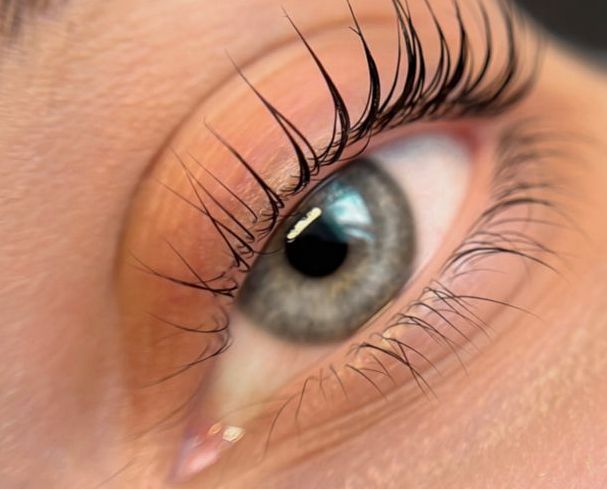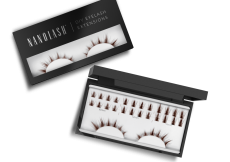Perfumed water, toilet water and perfumes
How do perfumed water, toilet water and perfumes differ? The truth is, some of people do not pay attention to such categories of fragrances at all. Instead they focus on the price to set whether a product is worth buying or not. Fortunately, all fragrance-lovers knows that the distinction between the three types of fragrances is easy recognizable.
Mysterious abbreviations
If we want to have on our dressing table original perfumes instead of just a toilet water, then we should become acquainted with three basic abbreviations. This time, French language learners are one step ahead of the people who were not exposed to the very tongue. The bottles of fragrances always contains one of the following abbreviations French EDP, EDT and EDC. EDP stands for ‘eau de parfum’ and can be translated as perfumed water, EDT stands for ‘eau de toilette’ and indicates toilet water while EDC is the abbreviation of ‘eau de cologne’ which marks simply cologne.
However, decoded letters do not enable us to pick the right bottle. We have to know the concentration of pure oils to estimate the insensitivity of a cosmetic. To demonstrate, original perfumes contain the highest concentration of plant oils and the quantity fluctuate around 25% up to 43%. Perfumed water, the type of fragrances that is most favoured by many women (its aroma holds on skin the longest) contains oils of 10%-25%, toilette water around 5%-10% and cologne has 3%-5% of oils. What is more, in most cases price of fragrances determines its durability. In general, aroma of cheaper products will fade away faster when the more expensive ones can linger on skin even for a few days.
How to pick perfumed water, toilet water and perfumes?
Probably it is not a revealing tip yet while picking perfumed water, toilet water or perfumes it is crucial to follow one’s taste – it is as simple as that. It is also a good idea to pick fragrances accordingly to an ongoing season. To clarify, summer is destined for flowery and citrus compositions while winter is good for more intensive and a little bit heavier aromas. Furthermore, it is better to wear light aromas in the morning and stronger in the evening.
It is also crucial to know that every fragrance is composed of so-called perfume pyramid. The pyramid is divided into three categories of notes. Top notes can be sensed right after opening a phial. They hold approximately 30 minutes because top notes are fairly fugacious substances. Middle notes can be sensed after 30 minutes and they linger on skin for about two hours. Base notes are sensed as the last ones and these are the very aromas that the whole process of perfume composing begins with. In other words, bas notes are the most durable oils and hold on skin up to several hours (even an entire day).
There are a few tips that can make picking up fragrances a little bit easier. For example, take no more than three fragrances to test at once. Simply you will be not able to find any difference between four or five aromas. Yet, there is one technique that might help your nose a little bit – smelling freshly grinded coffee! And you can proceed with testing another fragrances while being more aware of their real scent. What is more, apply perfumes only on clean skin – it cannot be covered with a body balm or coated by other fragrances. Once you spray a part of your skin with a fragrance, give it a while to get absorbed. If you start sniffing straight after spraying, you will sense nothing more but alcohol. What is more, do not rub the body part you have sprayed with a fragrance. This will rise body temperature which has direct influence over the aroma. It is also crucial to realize that test strips do not reflect the original aroma of a product in 100%.




